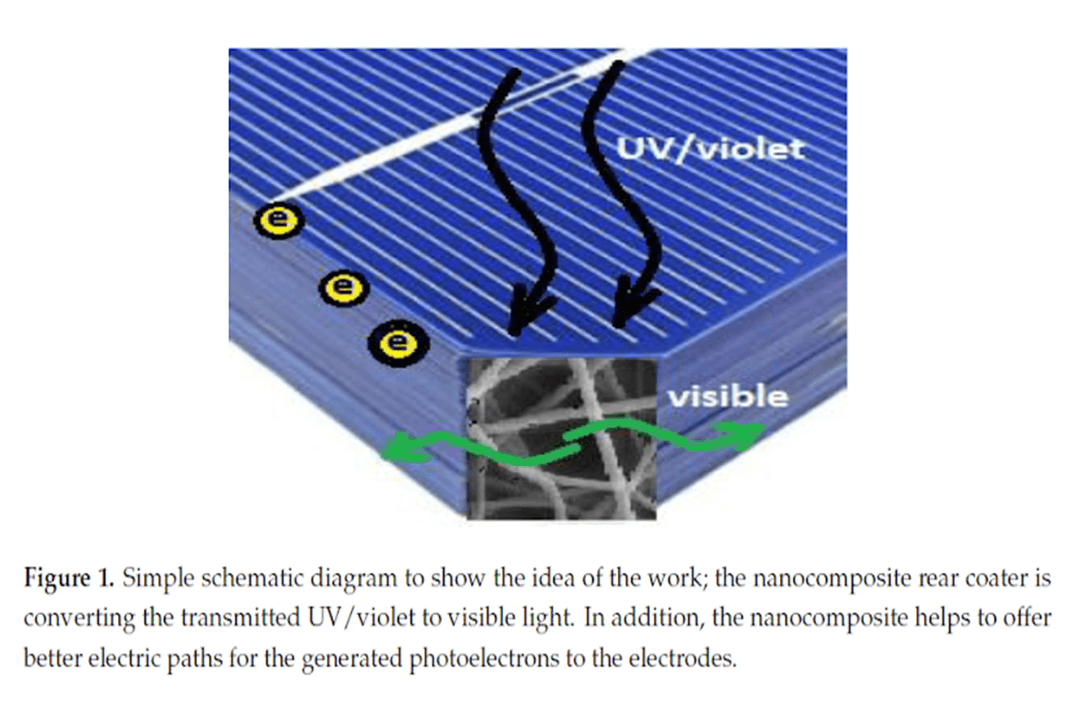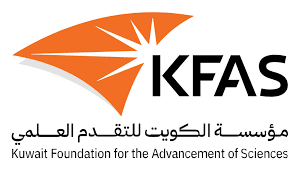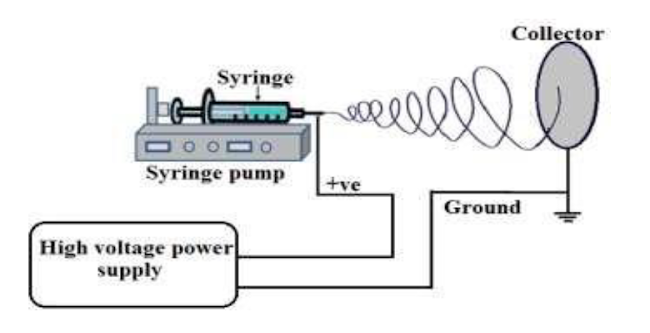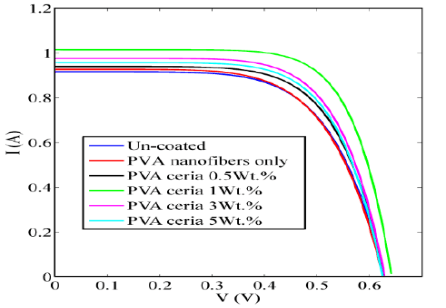

Dr. Nader Shehata

Lead Researcher: Dr. Nader Shehata (co-PI),
Collaborating researchers: Dr. Ali Hajjiah (PI)
Collaborating Institutions: Kuwait University
Funded By: - Kuwait Foundation for Advancement of Science (KFAS)

Funding Amount: - KD 8000
Year: - 2017
Summary: - In this study, the main target is to improve optically solar cells power conversion efficiency. One of the efficiency reduction reasons solar cells are able to absorb only visible wavelengths and convert it into the required electrical output power, while the rest solar irradiance energies are considered as losses. Furthermore, about 49 percent only of the incident solar irradiance are visible wavelength while the rest of the irradiance energies are infra-red (IR) or ultraviolet (UV) photons. Optical conversion materials are considered as the best ways to exploit this un-absorbed bands within the radiant solar energy and convert it into visible absorbed ones using up or down conversion materials. Rare earth trivalent erbium (Er3+) material is one of the best efficient up conversion materials specially after doping it in a host crystal. Sodium yttrium fluoride (β-NaYF4) and cerium oxide nanoparticles are considered as the best studied Er3+ host crystal materials. NaYF4 host materials have low vibrational energy that leads to achieve high up conversion efficiency after doping erbium ions inside it. Meanwhile, ceria nanoparticles doped with erbium have the advantages of being both up/down optical conversion of solar cells. The existence of Ce3+ ions in side ceria nanoparticles help in the down-conversion from UV excitation to visible emission, while erbium dopant forms energy levels inside the low-phonon ceria host to up-convert IR excitations into green and red emissions. When coating erbium-doped ceria nanoparticlesorNaYF4 on the back side of a solar cell, a promising improvement in the solar cell efficiency might be happen because of the visible photon energies resulted from the optical conversion processes.

